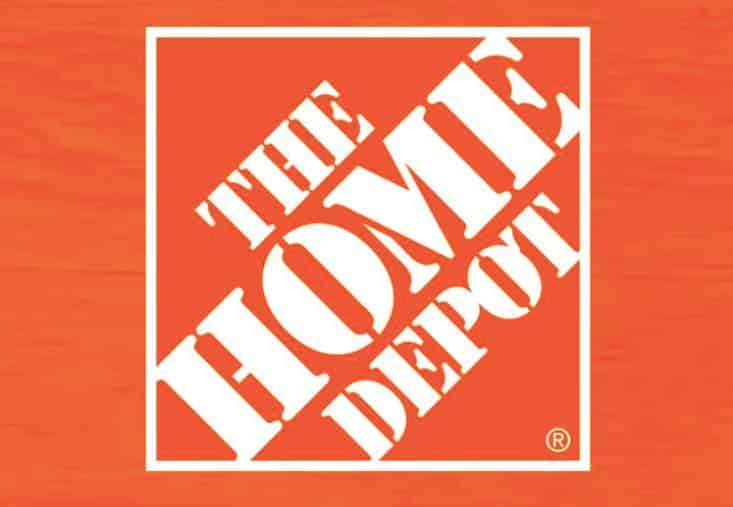Managing content for websites, apps, and integrations can be a nightmare, especially regarding the omnichannel experience and continuous optimization of digital experiences.
A decoupled CMS allows developers to build front-end presentation layers with preferred front-end language stacks. This helps them improve time-to-market. It also reduces cost & makes it easy to switch tools/technologies.
Flexibility
Organizations looking to maximize content value, embrace users on multiple channels, and deliver a seamless experience across platforms need a flexible CMS. This is where headless CMS shines. By decoupling the front-end presentation layer from the back-end, a headless CMS opens up worlds of potential for developers and marketers alike.
This flexibility allows organizations to use any front-end tooling they prefer. It also means developers can switch between tools or even adopt new technologies without breaking the underlying platform, eliminating vendor lock-in.
This is particularly important for organizations like air carriers, whose teams manage critical, real-time content for every touchpoint, from owned websites and mobile apps to third-party search sites and digital displays. Headless CMS supports omnichannel publishing and structured content models that can power everything from website landing pages to airline news feeds, banners, and flight inventory updates. The same content can be used across these digital touchpoints with the same code and a few API calls. This enables consistent customer communications, regardless of their journeys or devices.
Omnichannel
A traditional CMS comes with a front end and back end that are tightly coupled, which limits omnichannel content management. Headless CMSes, on the other hand, separate those two ends and let developers focus on building innovative digital experiences. This makes them an excellent choice for implementing an omnichannel strategy.
In addition to managing content across multiple platforms, headless CMS can repurpose the same content for different channels. This helps organizations reach a wider audience and increase engagement.
A headless CMS is a contemporary solution that addresses the relentless demand for content anywhere and everywhere. Whether you need to launch a new website or create a robust app, this platform can provide the flexibility you need to meet your goals. Moreover, it can be easily integrated with existing E-commerce systems. The decoupled architecture makes it easy for marketers to build sites and pages using templates, WYSIWYG editing, and content previews.
Agnostic
Headless CMS is more flexible and agile than traditional CMS, which locks teams into specific frameworks and technologies. This allows teams to use their preferred front-end development tools and choose how to render their content.
This flexibility means a single piece of content can be published across multiple platforms. That’s a game changer in an omnichannel world where the content that enterprises create for their website must also appear in apps, integrations, newsletters, and more. Managing duplicate content in these different systems is costly and inefficient.
A headless CMS enables enterprises to manage content in one place for all these applications and devices. Adding new technology, like voice assistants or AR/VR, is possible without reworking the CMS. Since it connects through APIs, headless CMS is also more secure than monolithic CMS. Any threats that breach the system are isolated to a small area because they can only communicate with the content through these APIs, not directly access it. This makes it less vulnerable to DDoS attacks. This is a major benefit for many organizations seeking to future-proof their content.
Scalability
A headless CMS translates content into raw data that any digital platform can consume. This allows teams to scale their content distribution by connecting multiple platforms, including apps, chatbots, and integrations. It also means that content previously created for a website can be used on other channels without creating and managing duplicate content.
This approach is powerful for omnichannel marketing and customer experiences because it helps companies reach their audiences with more relevant messages, offers, and information. It also enables businesses to build 1:1 connections with their customers.
A headless CMS is also more scalable than traditional CMS because it separates the front-end presentation layer from the back-end content creation and storage system. This decoupled architecture allows developers to choose their own front-end frameworks and development languages, and it also reduces security risks because attackers have a much smaller area to target. Headless CMS is a good choice for growing organizations with demanding content needs. Moreover, it allows you to use the COPE principle (Create Once, Publish Everywhere) to update your content once and have it work across all channels.
Integrations
A headless CMS provides an API that can be integrated with the existing technology stack of a business. This can lower the total cost of ownership for organizations and enable faster time to value.
Headless architectures also support front-end development flexibility. This allows developers to use any front-end framework or language to build a user interface that will interact with the content. This is an important feature to consider for organizations pursuing mobile apps, omnichannel publishing, and other emerging technologies such as AR/VR,
While a headless CMS has many benefits, it is important to evaluate this approach’s positive and negative aspects. Organizations must ensure the system they choose has the required longevity and stability. If a CMS provider encounters financial trouble or fails to keep pace with emerging technologies, this could significantly impact an organization’s digital presence. This is why it is important to take the time to research providers and to talk to their customers before making a decision. This will provide an unbiased, holistic view of the system and make assessing its suitability for your organization easier.



